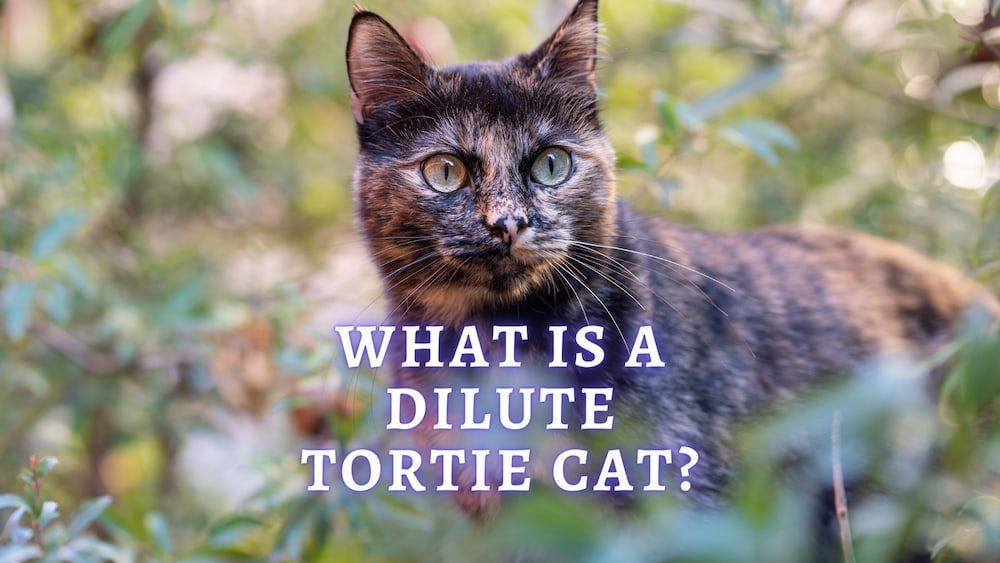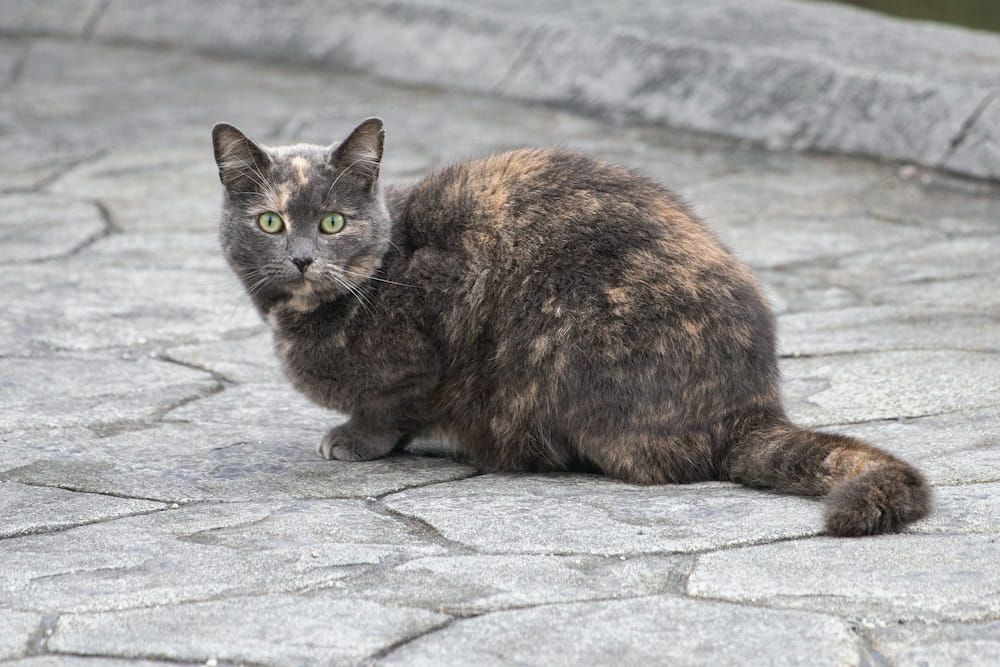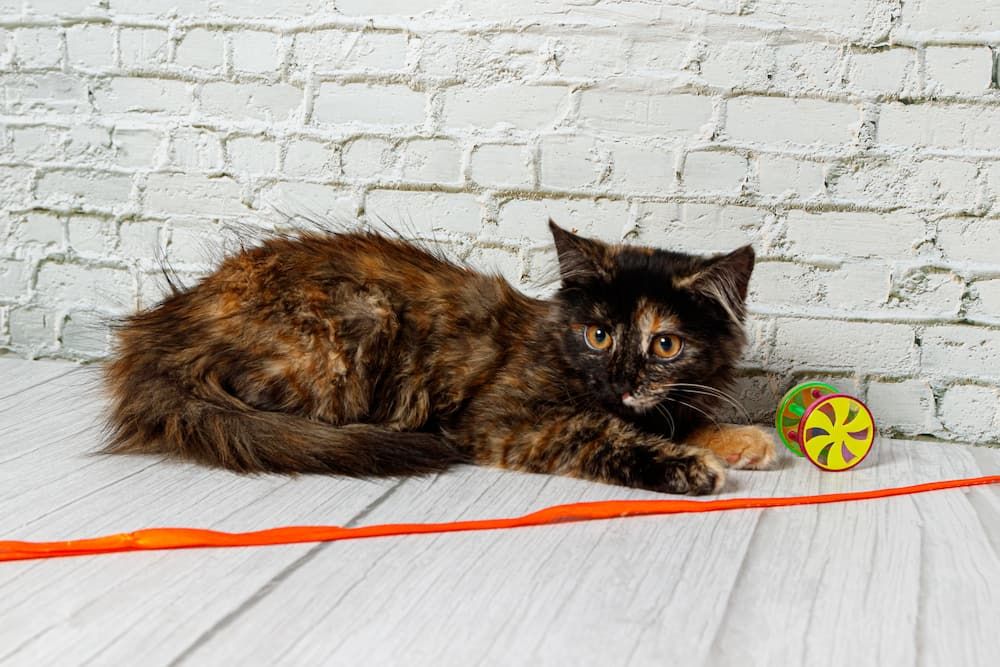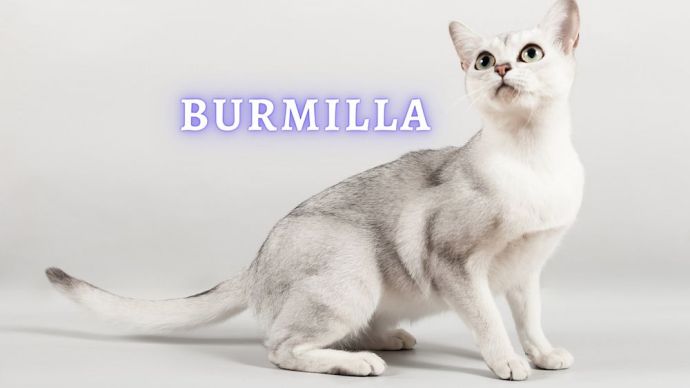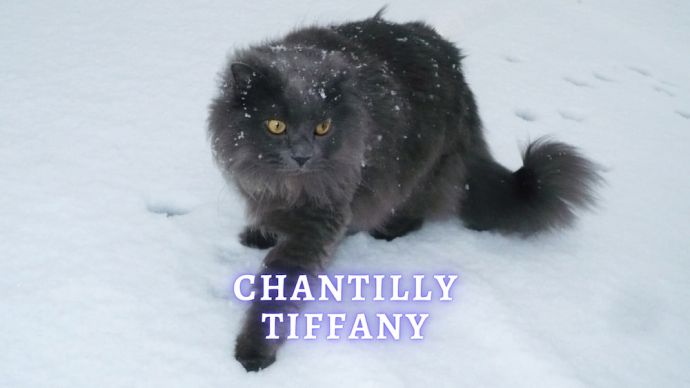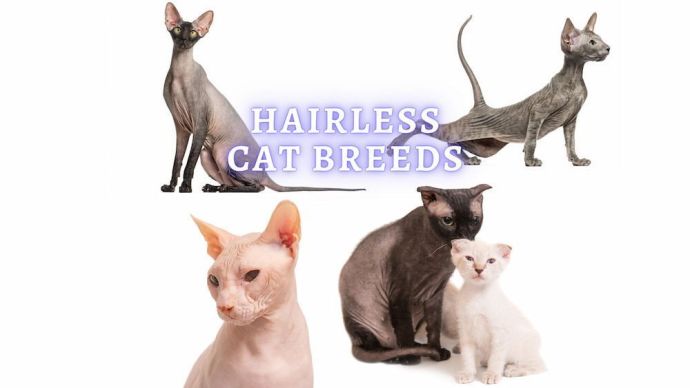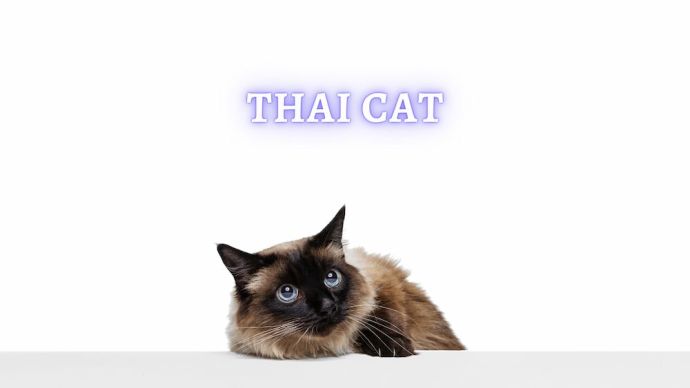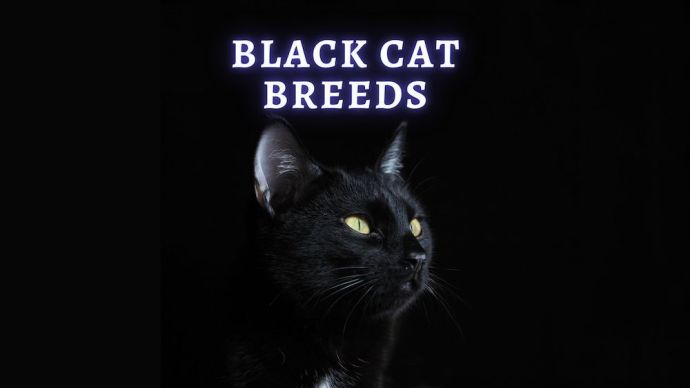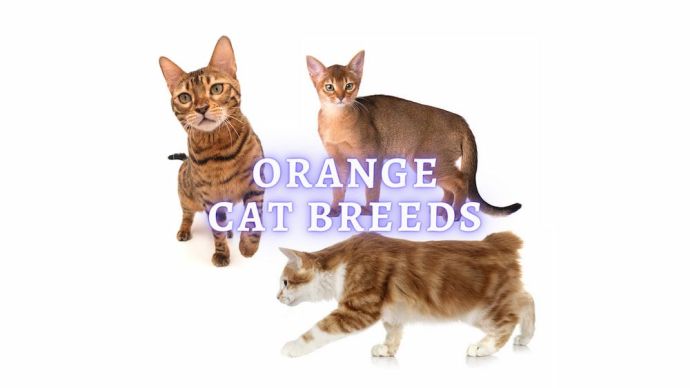Dilute Tortie: What Is A Dilute Tortie Cat?
Written by:
Author: Scott Jeffrey
Scott is a professional blogger with 12+ years of experience in writing, and holds an MA in anthropology. He has two cats as housemates. Also, Scott is passionate to research on pet-related topics such as dog training, puppy feeding, and cat health.
View all 63 articlesLearn about our editorial process and veterinary review board.
Viewed: 570
Updated on: 03/28/2023
Dilute tortoiseshell cats are one of the most eye-catching feline companions to grace our lives. As their name suggests, these cats have a unique two-colored coat that is diluted in pigment, making them truly dazzling to behold. While they may look extraordinary, dilute tortie cats have the same health and nutritional needs as other cats – meaning not only are they beautiful, but also low maintenance! To learn more about the personality and care requirements of these stunning cats, keep reading this guide. Here we will touch on topics such as what creates a dilute tortie coat and how to take care of this exceptional breed of cat. So let’s dive into understanding these captivating creature’s traits and needs!
What Is a Dilute Tortie?
A dilute tortie coat is an incredibly striking look that often leaves viewers in awe. Although its coloration pattern differs from the traditional version, the requirements needed for a dilute tortie cat are essentially the same as any other breed. Dilute torties enjoy the same balanced diet, regular check-ups with their vet, and daily playtime that all cats need to stay healthy and happy. It’s also important to remember that “dilute tortie” does not refer to a specific breed, rather it simply identifies coat coloration. Therefore, short or long hair, domestic or wildcat – any cat can have this unique color combination.
A dilute tortie’s classic two-colored coat is the product of genetics and sex chromosomes. Female cats receive two X chromosomes, meaning they can get instructions for two different coat colors, resulting in a tortoiseshell pattern. On the other hand, male felines only receive one X chromosome, so they can only be instructed to produce one color.
Additionally, because female cats have two X chromosomes, it is possible for them to wind up with a diluted version of these coats. This happens when both of these codes are slightly weakened or “diluted” due to a particular genetic mutation that occurs within their cells. As a result, the result is a muted version of the original orange and black coat combination – looking more like blue and yellow instead.
Dilute tortie cats owe their unique coat colors to both genetics and color dilution. To understand dilutes better, we must first take a closer look at the MLPH gene. The MLPH gene is a melanophilin gene that plays an important role in pigment producing cells. When this gene is mutated, it prevents the cells from producing colors as intensely, resulting in a diluted or washed-out appearance for the cat’s coat. This mutation is recessive, meaning a cat must inherit it from both its mother and father for it to manifest in its coat coloration.
Dilute tortoiseshell cats are relatively uncommon due to the specific combination of genetics and sex-linked pigmentation that is necessary for their particular coat coloration. These cats are only somewhat rare and usually through selective breeding, you can start to see more pronounced versions of the coat pattern.
Interesting Facts About Dilute Tortie Cats
Dilute Tortie isn’t really a breed:
Dilute Tortie is not a cat breed, but rather a specific coat pattern that can be found among many different breeds. Some of the most common breeds with this pattern include the American Shorthair, Maine Coon, Devon Rex, Persian, and Himalayans. It is important to note that this particular coat coloration has nothing to do with the length of fur on a given cat – it appears in both short-haired and long-haired varieties!
Males are very rare:
Male cats who exhibit the Dilute Tortie coat are a rarity, as they have three different sex chromosomes. This combination of X and Y chromosomes results in two unique pigmentation patterns which can be seen on the cat’s fur. Unfortunately, these male cats tend to be sterile due to the complexity of their genetics, making them even more rare.
They have a unique personality:
Dilute Torties are known for their independent and feisty personalities, often referred to as “Tortitude”. Many owners of these cats have noticed that they tend to be more aggressive than other breeds, perhaps due to the attention they receive because of their unique coloration.
They are different from calico cats:
Calico and Dilute Tortie cats have distinct differences in appearance: the former having three colors (white, black and orange), while the latter has only two (black and orange).
They can be expensive:
Dilute Torties can be expensive, with some commanding a price tag of up to $2,000. However, this is just a ballpark figure and varies greatly depending on age, pedigree, and the breeder’s reputation. If you are looking for one of the rare breed cats, it might cost even more than the stated amount. It’s recommended to buy from someone you know to ensure reasonable pricing and get a better understanding of the cat’s background.
READ MORE: Orange Tabby Cats Facts
Dilute Torties Temperament and Personality
It’s been said that cats with a dilute tortoiseshell coat can show quite a bit of attitude, which has been labeled as “tortitude”. Some studies have even suggested a connection between coat color and aggression, although these results are inconclusive. Ultimately, it is important to pay attention to your cat’s unique personality rather than the color of their coat. Much of their behavior will be determined by their individual background and living environment.
Although they have been seen as fairly feisty cats, they can be trained and you can adjust the environment to make them feel more comfortable. If you don’t want to have a cat with an attitude, start early when they are a kitten with plenty of positive reinforcement on behaviors you would like them to model. They can be stubborn to work with, but with the proper training they can be great family pets.
How to Take Care of a Dilute Tortoiseshell Cat
The gene mutation responsible for creating the dilute tortie coat does not impact any other aspect of the cat’s health or needs. Therefore, you can treat a dilute tortie just like any other cat in terms of care and maintenance.
Dilute tortoiseshell cats are typically very healthy and don’t have many common medical issues. However, one of the main risks to their health is obesity, which can be avoided through good nutrition and exercise. Owners should remain vigilant in monitoring their diet to ensure that it is well taken care of. Additionally, it is important to provide regular check-ups with a veterinarian in order to protect your dilute tortie from any unexpected health problems.
Dilute torties are typically healthy and can live for up to 15 years or more, but can be afflicted with Klinefelter’s Syndrome which can cause developmental issues, behavioral problems, and weaker bones. If left untreated, this condition could lead to increased body fat which could contribute to diabetes and heart disease. Fortunately, these cats are sterile, so they will not reproduce any affected genes. It’s important to look out for symptoms of Klinefelter’s Syndrome to ensure your dilute tortie cat has a long and healthy life.
It is essential to give your dilute tortie the correct nutrition in order for them to stay healthy. Cats are obligate carnivores, so a diet which focuses on meat or animal organs should be provided. Care should also be taken to ensure that your cat is not overfed, as obesity is a problem seen in felines. Speak to your vet to determine the exact amount of food you should be giving your dilute tortie depending on their age, size and weight. Additionally, regular check-ups with the veterinarian should be considered in order to watch for any unexpected issues.
Generally, veterinarians advise that an adult indoor cat should be given ¼ of an 8oz. cup of dry food per day, as well as 2.5oz. of canned cat food once a day. If the kitty is younger or older or has specific health concerns, the amount must be adjusted accordingly. Clean drinking water should also be available at all times and kept slightly elevated from the ground to keep contaminants out. Pet owners are encouraged to talk to their veterinarian to get more specific recommendations for their individual needs.
Ensuring that your dilute tortie is properly groomed is important for their hygiene. The type of maintenance will vary depending on the breed, but brushing and bathing should be done regularly. For long-haired cats, brushing should be done more often with a gentle hand to prevent mats or tangles in their fur. Pet owners should bathe their pets occasionally when they notice a bad odor or dirt and debris, although older and overweight cats may need a bath more frequently as they may have difficulties cleaning themselves.
How Much Does a Dilute Tortie Cat Cost?
While buying a dilute tortie cat can be expensive, the potential benefits outweigh the costs. Dilute torties make loyal and loving pets that will provide companionship for many years to come. Investing in a healthy cat from a qualified breeder is essential to ensure you get a pet with sound health and genetics. Not only this, but you can also feel good knowing that you are supporting responsible breeders who prioritize the health and well-being of their pets.
You can often expect to pay $2000 for this type of cat, especially if they have a parent with a unique coat or markings.
Although it is rare to find a dilute tortie cat at a local animal shelter, there is still a small chance you may find one. If you’re looking for this type of cat, it’s worth putting your name down on a list with the shelter as they can contact you if one should become available. By adopting from a shelter, not only are you giving an animal in need a loving home, but it could be much more affordable than purchasing from a breeder.
Places to Find Dilute Tortoiseshell Cats for Sale and Adoption
Finding a reputable breeder is the best way to guarantee that you are buying a healthy, well-socialized cat. You can start by researching any breeders in your area and asking friends and family for referrals. Once you have some names, contact them directly to ask any questions you may have and make sure they take proper care of their cats. To ensure the best quality of kittens, look for a breeder that is willing to show you the parents of the kittens and provide proof of health clearances from a veterinarian. A good breeder will also be open about answering all of your questions and addressing any concerns regarding their breeding practices. It’s important to remember when looking for a reputable breeder that ‘cheap’ does not always equate to ‘quality’ – investing in an expensive but well-cared for a cat is worth it in the long run.
People also ask:
How much is a dilute tortie cat worth?
Diluted torties are some of the more expensive to find because they come from a genetic mutation that makes their coats so unique. They can sometimes be $1000-2000 to buy as kittens, and this is much more expensive than some other cats you might be seeking out.
What is the difference between a dilute tortie and a dilute calico?
Dilute torties and dilute calicos are both rare coat colors. The main difference between the two is that diluted torties have a mottled coat and patches of a lighter color, while diluted calicos have a more evenly spread out patchy pattern with 3 distinctive colors for each coat. Whereas dilute torties will typically have patched coats in gray, brown and cream, dilutes calicos generally have patches of white, gray and orange. The easiest way to tell the difference between the two is to look for the patches of white, if you find a patch of white on the kitten or cat, it is a calico.
Are dilute torties hypoallergenic?
No, dilute tortie cats are not hypoallergenic. Unfortunately, there is no such thing as a truly hypoallergenic animal. However, there are some ways to reduce the amount of allergens that come from your cat such as frequently brushing them, investing in an air purifier and regularly cleaning your house.
Are dilute torties talkative?
Dilute torties have the same personality traits as any other breed of cat. Generally speaking, they tend to be talkative and vocal cats that love to interact with their owners and other animals. They can also be quite mischievous and playful, so it’s important to keep them entertained with toys and cat furniture. If you encourage them being talkative as they are younger, there is a good chance they will remain that way when you are getting ready to feed them or playing with them. They are known for their “Tortitude” so you can expect them to be vocal when they are displaying this behavior.
How much do dilute torties shed?
Dilute torties are just like any other cat when it comes to shedding. All cats naturally shed their fur, and most breeds will shed year-round. Depending on the length of their fur, you can likely see this cat shed quite a lot, especially if the pattern appears in a cat breed like a Maine Coon. It is important to regularly brush your dilute tortie cat’s coat in order to minimize the amount of excess fur that ends up scattered around your home.
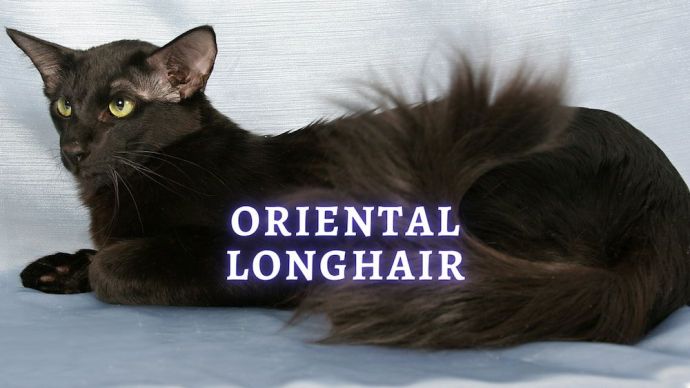 Cat Breeds Oriental Longhair: Oriental Longhair Cat Breed History, Temperament and Personality
Cat Breeds Oriental Longhair: Oriental Longhair Cat Breed History, Temperament and Personality - 557
- 0
 Cat Care Why Does My Cat Attack My Legs? 10 Reasons Why and What To Do About It (Vet-Approved Advice)
Cat Care Why Does My Cat Attack My Legs? 10 Reasons Why and What To Do About It (Vet-Approved Advice) - 46013
- 21
 Cat Veterinary Tips Cat Stomach Gurgling: Vet Advice on Why is Your Cat Stomach Gurgling?
Cat Veterinary Tips Cat Stomach Gurgling: Vet Advice on Why is Your Cat Stomach Gurgling? - 36469
- 4
 Cat Veterinary Tips My Cat Lost its Voice: Can Cats get Laryngitis? (Vet Advice)
Cat Veterinary Tips My Cat Lost its Voice: Can Cats get Laryngitis? (Vet Advice) - 23554
- 13









